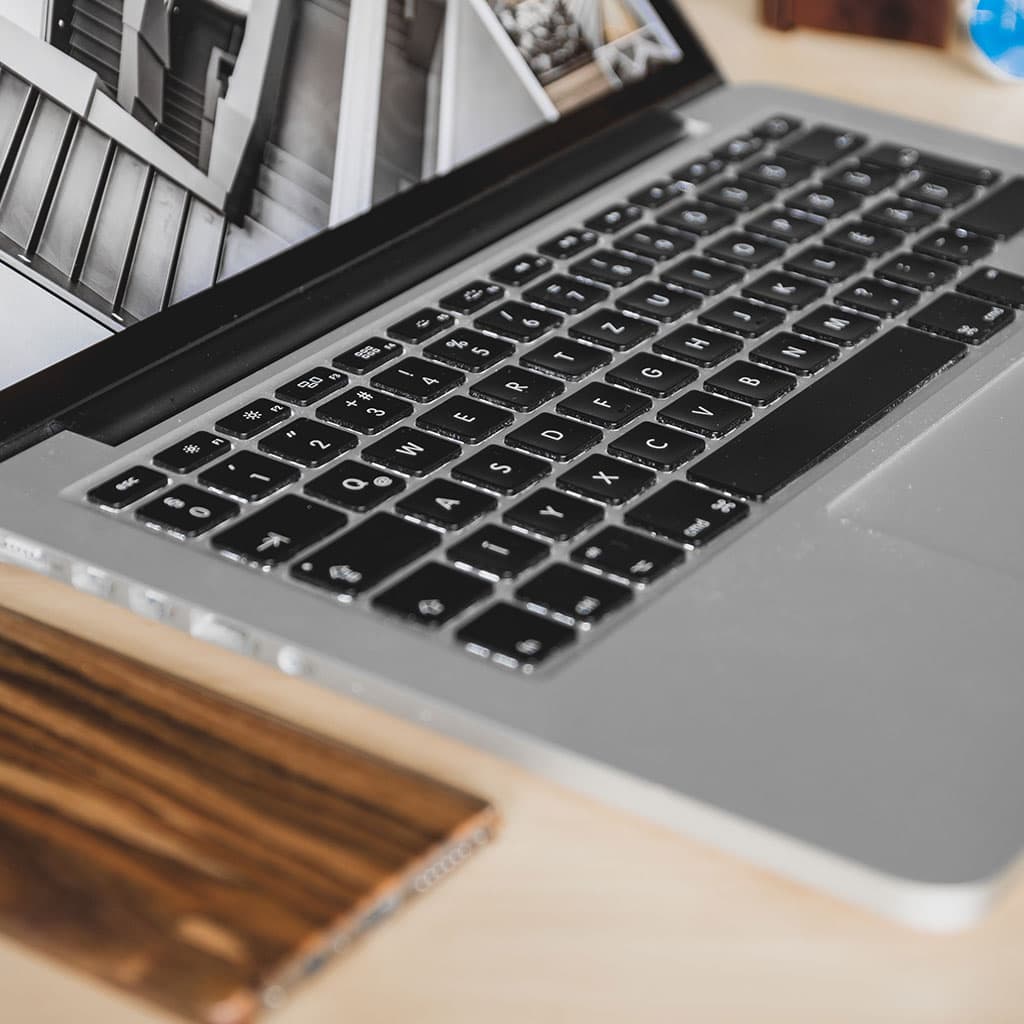How to clean MacBook Pro keyboard
How to clean MacBook Pro keyboard
Maintaining a clean keyboard is essential for optimal performance and longevity of your MacBook Pro. In this article, we’ll provide step-by-step instructions on how to effectively and safely clean your MacBook Pro keyboard, ensuring it remains in top-notch condition.
Discover the ultimate secrets to achieving a pristine MacBook Pro keyboard!
Cleaning your MacBook Pro keyboard is an important part of regular maintenance. Here’s a detailed guide on how to do it:
- Gather the Necessary Supplies: Before you begin, gather some basic supplies: a microfiber cloth, compressed air (in a can), a small brush (like a soft-bristle toothbrush), and isopropyl alcohol. Ensure the MacBook is powered off and disconnected from any power source.
- Turn Your MacBook Pro Upside Down: Gently flip your MacBook Pro upside down to allow any loose debris or particles to fall out.
- Use Compressed Air: Holding the can of compressed air upright, use short bursts to blow away any loose debris between the keys. Start from one end and work your way across the entire keyboard.
- Clean Around the Keys: Take your small brush and gently sweep it across the surface of the keyboard, paying special attention to the areas around the keys. This will help dislodge any dirt or dust that the compressed air may have missed.
- Clean the Keys Themselves: Dampen a corner of your microfiber cloth with a small amount of isopropyl alcohol. Gently wipe down each key, applying slight pressure to remove any grime or oils. Make sure not to soak the cloth, as excess liquid can damage the keyboard.
- Clean the Trackpad (Optional): If you’re also cleaning the trackpad, use the microfiber cloth slightly dampened with isopropyl alcohol to wipe it down. Be gentle to avoid any excess liquid seeping into the edges.
- Allow to Dry: Leave your MacBook Pro open and upside down for a few minutes to ensure any residual moisture evaporates.
- Power On and Test: Once you’re confident everything is dry, power on your MacBook Pro and test the keyboard and trackpad to ensure they function properly.
- Regular Maintenance: Consider incorporating regular cleaning into your routine, especially if you frequently use your MacBook Pro in environments prone to dust or spills.
Remember to always be gentle and avoid using excessive force or liquids. If you encounter persistent stains or issues, it’s best to seek professional assistance. Following these steps will help keep your MacBook Pro keyboard in optimal condition for years to come.
Is It Necessary to Clean the Trackpad, and If So, How Should I Do It?
Yes, cleaning the trackpad on your MacBook Pro is a good practice to maintain optimal functionality. Over time, oils, dirt, and debris from your fingers can accumulate on the surface, potentially affecting the trackpad’s responsiveness. To clean the trackpad, start by powering off your MacBook and ensuring it’s disconnected from any power source. Dampen a corner of a microfiber cloth with a small amount of isopropyl alcohol. Gently wipe the trackpad in a circular motion, applying light pressure. Be careful not to oversaturate the cloth, as excess liquid can seep into the edges and potentially damage the trackpad. Allow the trackpad to air dry for a few minutes before powering on your MacBook.
Regularly cleaning the trackpad can help maintain smooth navigation and accurate gesture recognition. It’s especially important if you notice any signs of decreased responsiveness or if the trackpad feels sticky. By incorporating trackpad cleaning into your routine maintenance, you can ensure that this essential input device continues to function optimally, enhancing your overall computing experience.
How Do I Test the Keyboard and Trackpad to Ensure Proper Functionality?
To test the keyboard and trackpad on your laptop, you can follow these simple steps. Begin by opening a text document or any application where you can type, and then proceed to press each key on the keyboard to ensure they register properly. This helps identify any sticky keys or unresponsive buttons. If you notice any issues, it may be an indication that the keyboard needs further cleaning. In this case, you can use a disinfecting wipe or a lint-free cloth slightly dampened with isopropyl alcohol to gently clean the keys. Make sure to power off the laptop before cleaning to prevent any accidental input.
Next, for the trackpad, try moving the cursor around the screen by gliding your finger across the surface. Test all the different gestures, such as scrolling, zooming, and clicking. If you encounter any difficulties or the trackpad seems less responsive than usual, it could be an indication that it requires cleaning or there may be an issue with its functionality. Cleaning the trackpad can be done using a similar method as the keyboard, using a lint-free cloth dampened with isopropyl alcohol. Be sure to allow it to air dry before powering on the laptop. Regularly testing both the keyboard and trackpad ensures they are functioning optimally, providing you with a seamless and efficient computing experience.





You must be logged in to post a comment.